Antibiotics are a broad group of medicines used for a variety of ailments. They are commonly used in health centers around the world. Antibiotics primarily aim to fight bacteria, treat and prevent infections, and less frequently other pathogens.
Antibiotics eliminate the spread of pathogenic microorganisms in the body by inhibiting their growth. The invention of antibiotic substances was a breakthrough because it helped to treat many dangerous diseases, which in the past had caused many deaths and epidemics. Interestingly, the invention of antibiotics was an accident and was done by Scottish microbiologist Alexander Fleming.
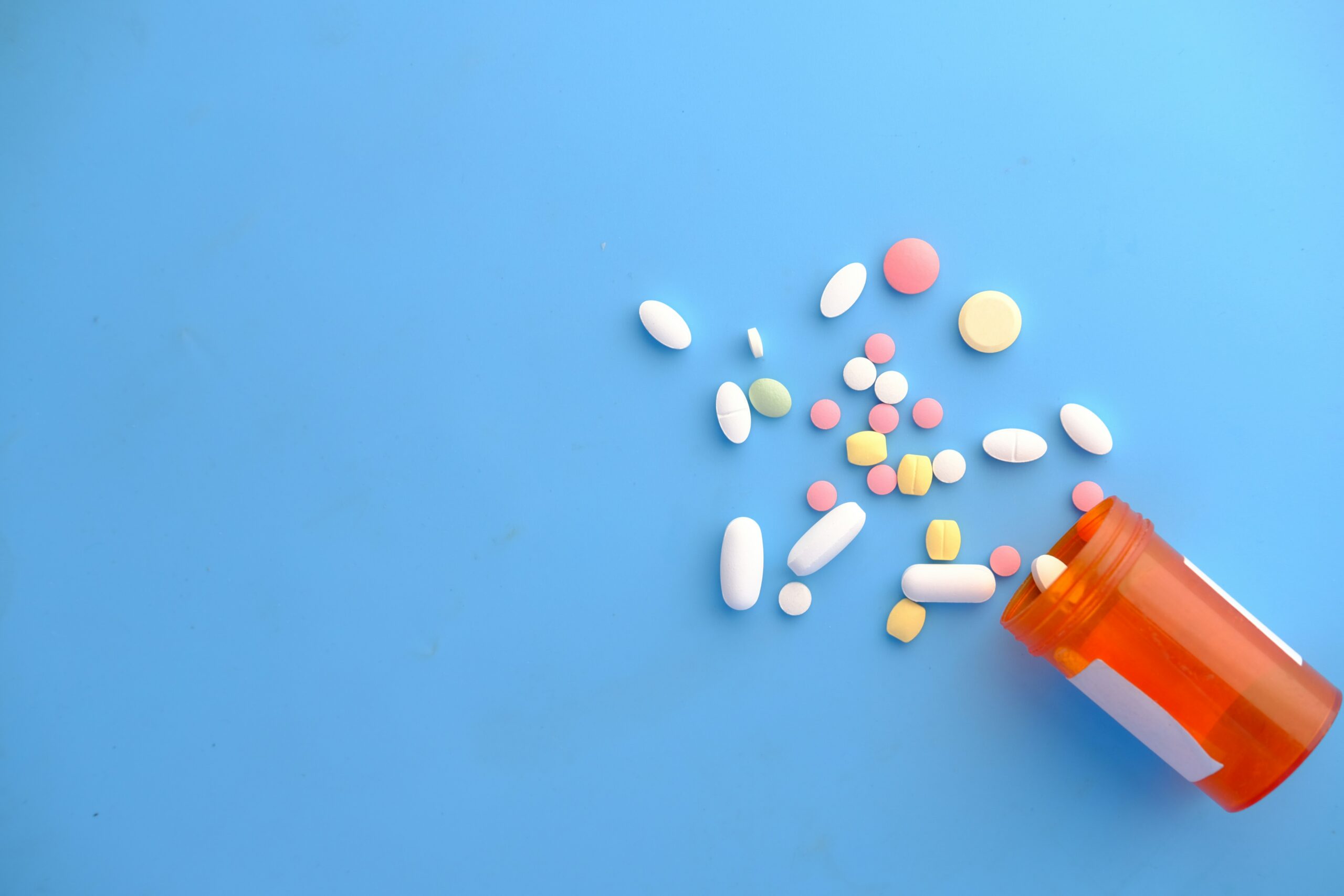
There are different types of antibiotics, and not every antibiotic works against all pathogens, but their mechanisms of action are similar. Currently, antibiotics are not recommended for self-medication; doctors prescribe them after a medical history and necessary tests. The caution associated with taking antibiotics has to do with their side effects. Also, certain precautions must be taken when taking antibiotics, such as not combining this medicine with substances that may interfere with their impact. There are specific rules for the use of antibiotics that you should know if you want to start antibiotic therapy.
Antibiotics are compounds that target microorganisms, primarily bacteria. Their use treats and prevents infections. The effectiveness of antibiotics depends on many different factors. What is worth bearing in mind is that antibiotics act primarily on bacteria; they can also act on fungi. However, antibiotics are ineffective against viruses![]() and are not used in viral infections. The process of action involves destroying the pathogen cell or preventing cell proliferation. MIC
and are not used in viral infections. The process of action involves destroying the pathogen cell or preventing cell proliferation. MIC![]() refers to antibiotics' minimum inhibitory concentration, while MBC
refers to antibiotics' minimum inhibitory concentration, while MBC![]() refers to the minimum bactericidal concentration. Therefore, the action of antibiotics can be divided into two processes:
refers to the minimum bactericidal concentration. Therefore, the action of antibiotics can be divided into two processes:
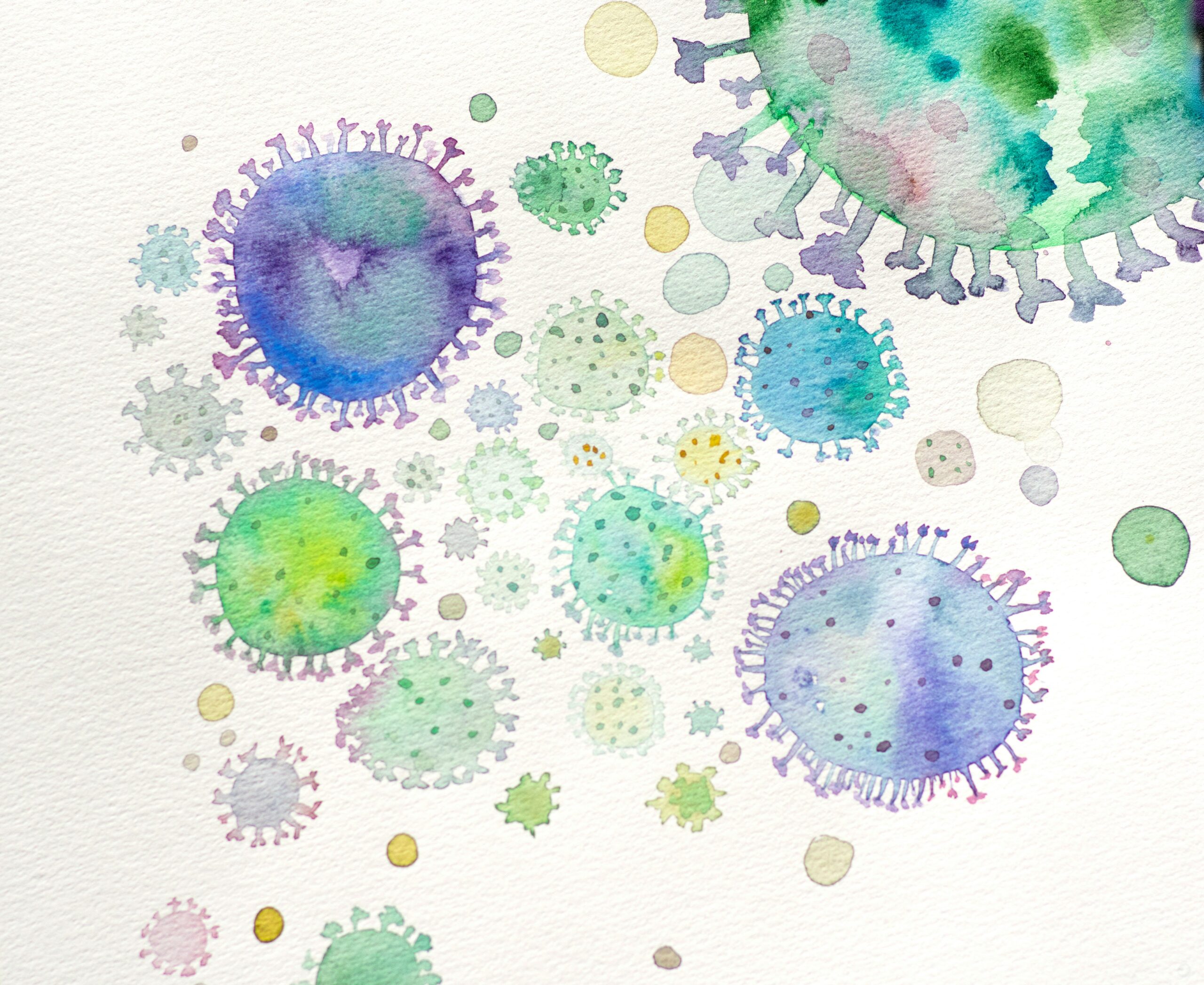
Antimicrobials that exhibit bactericidal activity aim to eliminate bacteria. The bactericidal process is quite complex. When the MBC to MIC ratio is less than or equal to 4, it is bactericidal. The minimum bactericidal concentration MBC refers to the minimum concentration of an antibiotic that is bactericidal. Bactericidal antimicrobials can also be bacteriostatic against certain types of bacteria and conditions. Antibiotics act on all bacteria, including those naturally occurring and needed for the body to function.
Antimicrobials that exhibit bacteriostatic activity aim to inhibit the production and growth of bacteria. Bacteriostatic activity is defined by an MBC to MIC ratio greater than 4. The minimum inhibitory concentration (MIC) is a specific value indicating the lowest concentration of an antibiotic at which bacterial growth is completely inhibited. Bacteriostatic antibiotics also kill bacteria, but their action process focuses on inhibiting the growth of pathogens. However, this means that bacteriostatic antibiotics can destroy the body's beneficial bacteria.
Antibiotics can also be divided into bacteriostatic and bactericidal drugs. In addition, an extensive range of antibiotics also acts on specific strains of bacteria and fungi and treats particular infections. Consequently, not every antibiotic works on all bacteria. Antibiotics with a broad spectrum of action are used on many bacterial species, while narrow-spectrum antibiotics act on a small group of pathogens. There are many groups of antibiotics, and the most popular ones include:
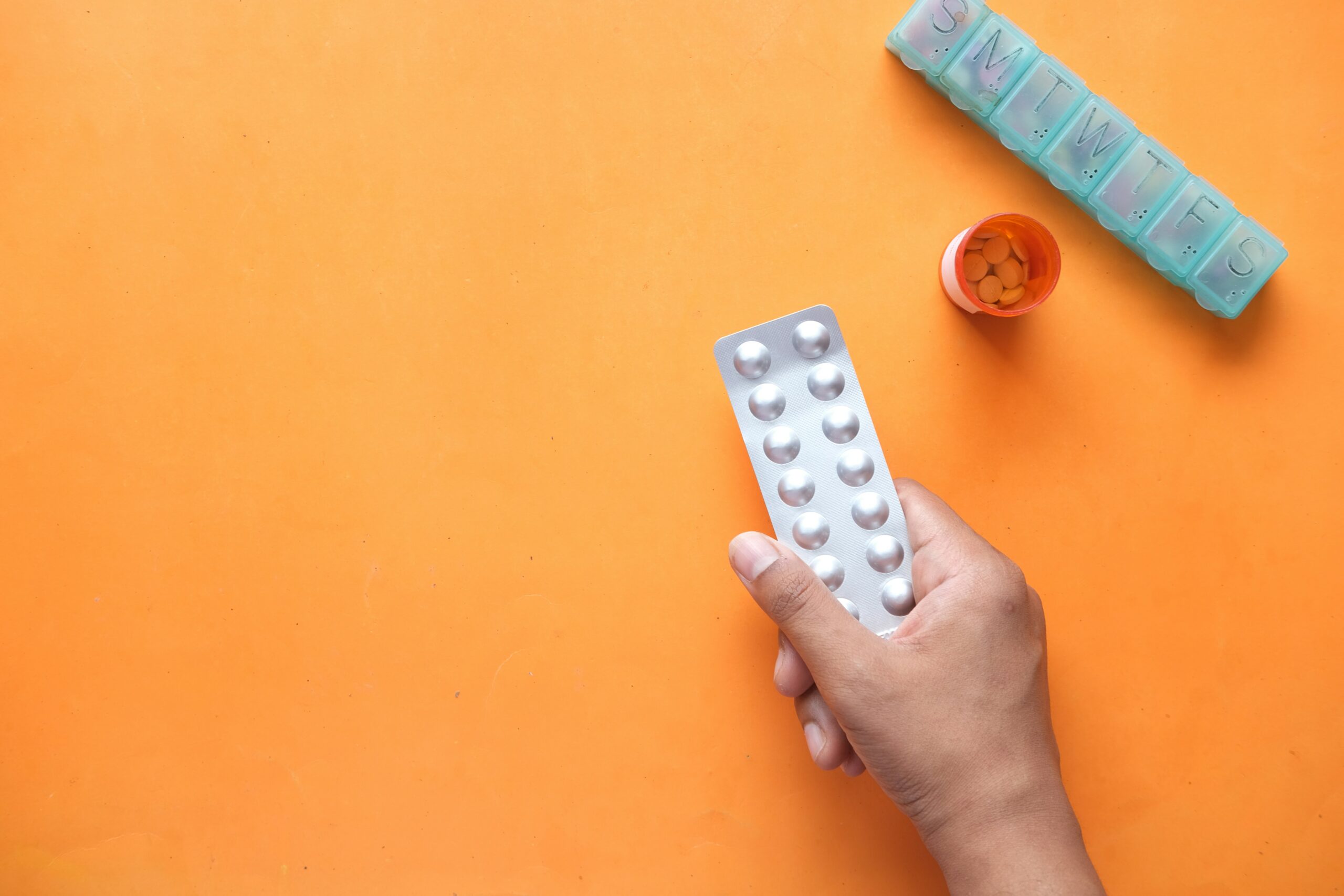
β-lactam antibiotics are the most numerous and familiar preparations for treating bacterial infections. They are antibiotics of the bactericidal type. These include penicillin, the first antibacterial drug to be discovered. The name β-lactam antibiotics is derived from the β-lactam ring![]() , the chemical structure from which the drug is composed. The mechanism of action of antibiotics generally involves blocking the activity of bacterial enzymes. β-lactam antibiotics have a broad spectrum of action and are used for streptococcal, staphylococcal, and pneumococcal infections, among others.
, the chemical structure from which the drug is composed. The mechanism of action of antibiotics generally involves blocking the activity of bacterial enzymes. β-lactam antibiotics have a broad spectrum of action and are used for streptococcal, staphylococcal, and pneumococcal infections, among others.
Tetracyclines are antibiotics composed of four carbocyclic rings. Their bacteriostatic effect characterizes them. Tetracyclines interact at the level of the bacterial ribosome and inhibit protein synthesis so that bacteria do not grow. This group of antibiotics has a broad spectrum of action and is used for various ailments. They show activity against many species of bacteria. They are antibiotics that penetrate well into multiple tissues and organs. Among other things, they are used in the fight against acne and in treating Lyme disease, peptic ulcer disease, and many other diseases.
Glycopeptide antibiotics show bactericidal activity and are mainly used in severe Gram-positive bacterial infections. They consist of two sugars and an aglycone. The mechanism of action of the drugs is to interfere with the biosynthetic stage of the bacterial cell wall. However, these macromolecular compounds do not effectively enter tissues and organs. They are used for severe infections with staphylococci, S. aureus, and other bacteria. They are also used for conditions such as induced colitis and endocarditis, among others.
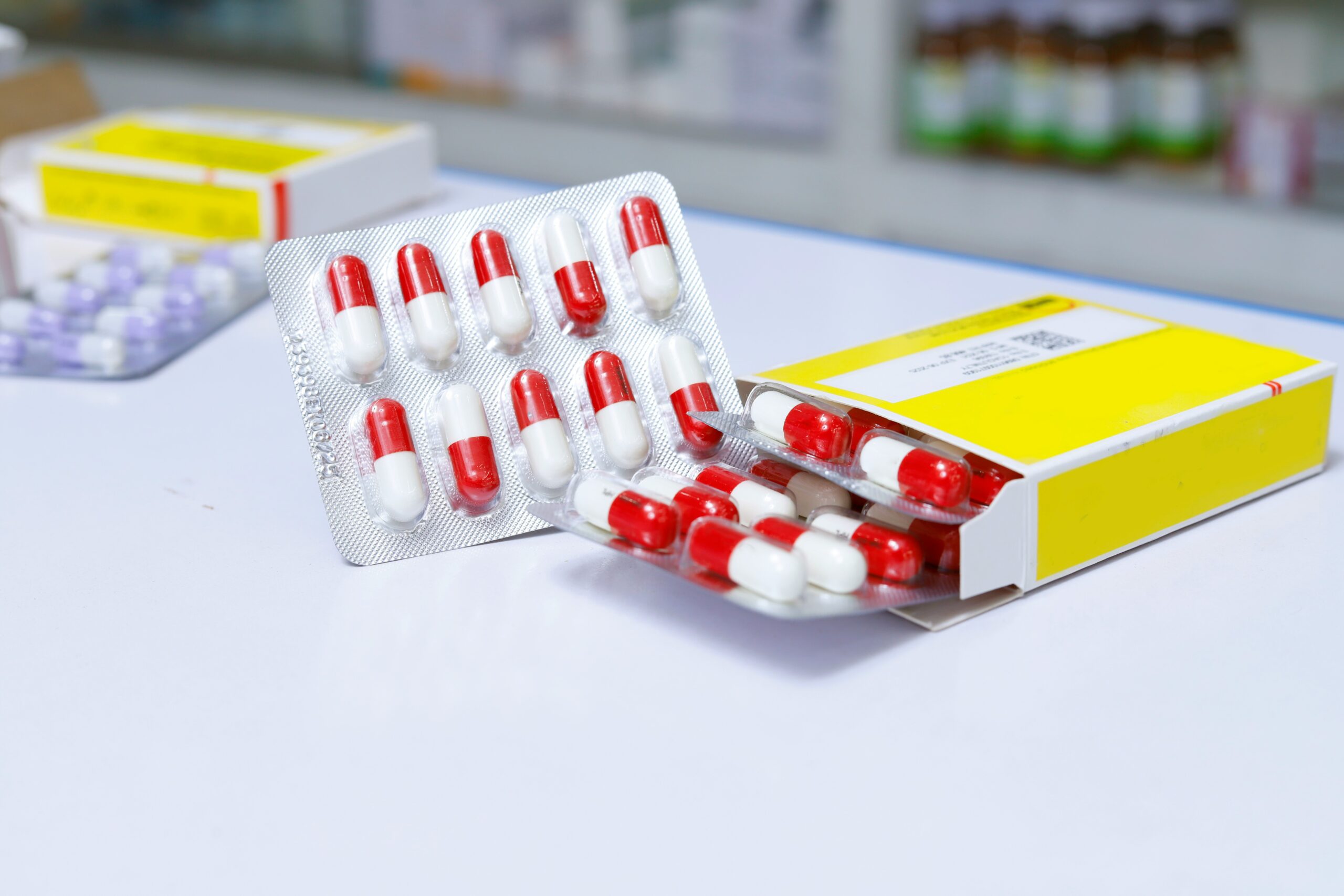
Macrolide antibiotics are frequently used drugs with bacteriostatic effects. They are a group of natural and modified compounds made of a lactone ring![]() . E**********n is the first known macrolide. Antibiotics in this group are generally well absorbed through the gastrointestinal tract. The spectrum of action of macrolides covers all aerobic and anaerobic bacteria. These drugs are most commonly used for respiratory tract infections. In addition, they are used in treating many ailments, having a vast spectrum of action.
. E**********n is the first known macrolide. Antibiotics in this group are generally well absorbed through the gastrointestinal tract. The spectrum of action of macrolides covers all aerobic and anaerobic bacteria. These drugs are most commonly used for respiratory tract infections. In addition, they are used in treating many ailments, having a vast spectrum of action.
Fluoroquinolones are bactericidal antibiotics that inhibit protein synthesis in the bacterial cell membrane and lead to microbial death. These antibiotics are not indicated for mild and uncomplicated infections but for severe cases with complications. This broad group of antibiotics is used for pneumonia, bronchitis, and skin and subcutaneous tissue infections, among others. They are characterized by high efficacy and the risk of severe side effects.
Aminoglycoside antibiotics are bactericidal drugs of particular importance in combating severe infections. They have several mechanisms of antibacterial action. Antibiotics are characterized by reasonably poor penetration into tissues and are most often administered parenterally. Aminoglycosides are primarily used against aerobic gram-negative bacilli. They are used in diseases such as tuberculosis, plague, and sepsis.
Polyene antibiotics belong to the group of natural antifungal drugs![]() . Their mechanism of action involves binding to the ergosterol that builds up the cell membrane of the fungus, leading to damage to the fungus. They are used to treat systemic and topical fungal infections. A commonly used polyene antibiotic is nystatin. Nystatin is used on fungal types that are sensitive to this antibiotic. It is mainly used in the treatment of oral candidiasis.
. Their mechanism of action involves binding to the ergosterol that builds up the cell membrane of the fungus, leading to damage to the fungus. They are used to treat systemic and topical fungal infections. A commonly used polyene antibiotic is nystatin. Nystatin is used on fungal types that are sensitive to this antibiotic. It is mainly used in the treatment of oral candidiasis.
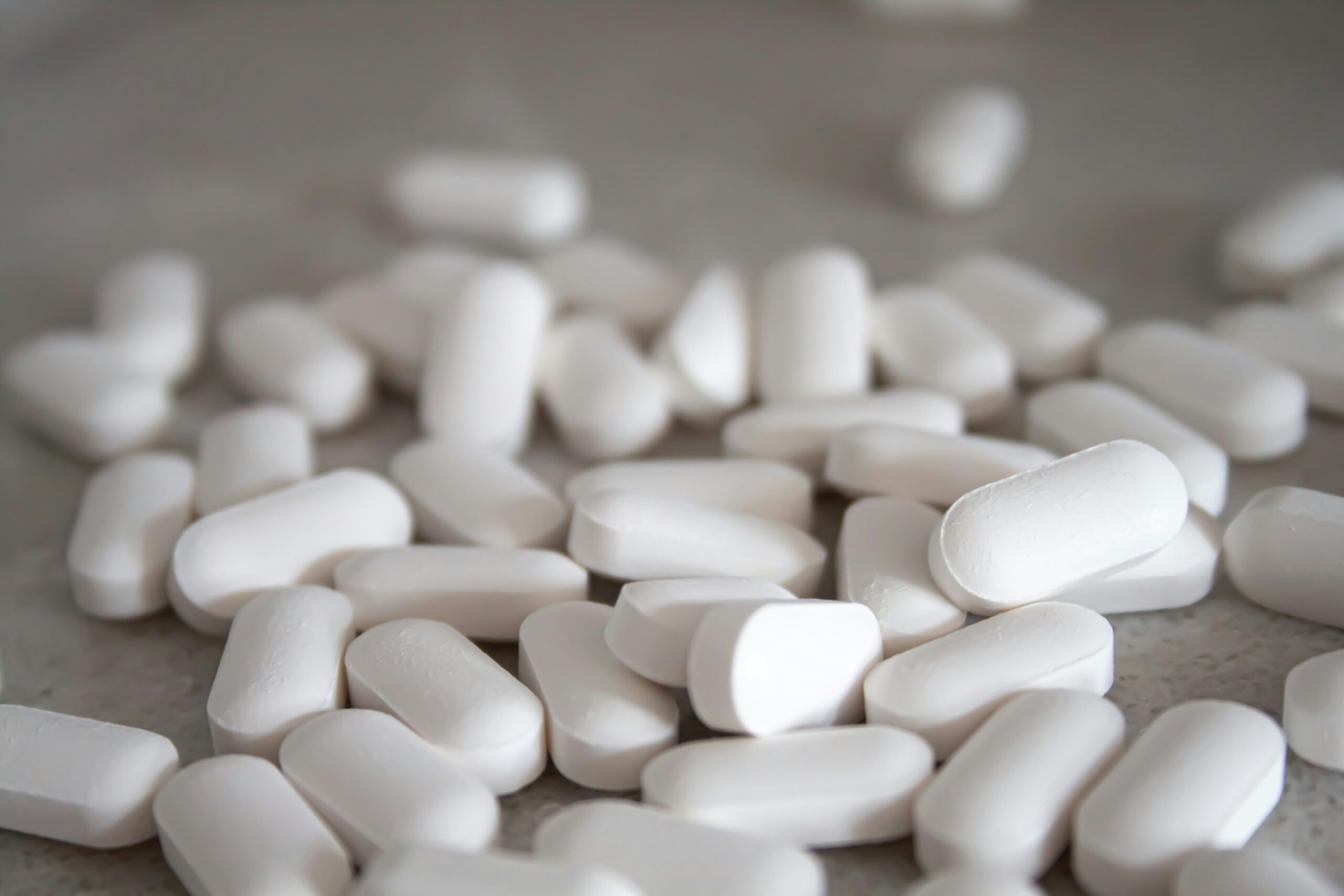
Antibiotics are effective remedies for bacterial or fungal infections, but unfortunately, they also have significant consequences if the duration of use is prolonged. Side effects can occur after an antibiotic, depending on the antibiotic type. Overuse of antibiotics can have serious health consequences, which is why antibiotic therapy should be carried out under the care of a doctor. If antibiotics show side effects, inform your doctor and stop treatment. During antibiotic therapy, it is worth observing your body and familiarising yourself with the possible side effects to know how your body may behave after taking the antibiotic. The most common side effects of antibiotics include:

The effect of the antibiotic is directed not only at the pathogen causing the infection but also at other bacteria that make up the body's natural microflora. Its destruction can disturb the overall homeostasis of the organism. The human physiological flora is a collection of microorganisms that occur naturally in the body and usually do not cause disease but serve a protective purpose.
The role of the physiological flora is primarily to assist the body's immune system protect itself against pathogenic microorganisms. The physiological flora involves the digestive system and, in the case of women, the vagina. Antibiotics, therefore, act on all bacteria in our body, including those that protect the body. Disruption of the bacterial flora results in decreased immunity, leaving the body at risk of infections and their recurrence. The risk of dysbiosis is higher in antibiotic-associated diarrhea (AAD)![]() .
.
Antibiotics can cause gastrointestinal symptoms, especially in people with sensitive digestive systems. Gastrointestinal disorders may occur. The side effects most frequently are specifically related to the gastrointestinal tract. These include nausea![]() , diarrhea
, diarrhea![]() , and vomiting
, and vomiting![]() . Vomiting and diarrhea can be dangerous as they are associated with a risk of dehydration. In addition, they lead to rapid excretion of the drug without it being absorbed by the body, which results in inadequate treatment.
. Vomiting and diarrhea can be dangerous as they are associated with a risk of dehydration. In addition, they lead to rapid excretion of the drug without it being absorbed by the body, which results in inadequate treatment.
Antibiotics can cause various rashes and allergic reactions![]() . In cases of antibiotic allergy, rash is a common symptom. Allergic reactions appear quickly after taking the drug. They often occur in the form of urticaria with severe skin itching. The picture of skin lesions differs significantly from the much more common non-immediate reactions. If you notice an unusual skin reaction after taking an antibiotic, please consult your doctor. If an allergy to the antibiotic used is suspected, its use should be discontinued.
. In cases of antibiotic allergy, rash is a common symptom. Allergic reactions appear quickly after taking the drug. They often occur in the form of urticaria with severe skin itching. The picture of skin lesions differs significantly from the much more common non-immediate reactions. If you notice an unusual skin reaction after taking an antibiotic, please consult your doctor. If an allergy to the antibiotic used is suspected, its use should be discontinued.
Anaphylaxis![]() is a dangerous and sudden condition. It is a life-threatening hypersensitivity reaction of the body in response to an agent, which may be an antibiotic. During anaphylactic shock, there is usually a significant drop in blood pressure and symptoms such as breathlessness, hoarseness, dizziness, and a rash. In the event of anaphylactic shock, the emergency services should be called immediately. It is important to remember that a rapid build-up of symptoms leads to a severe anaphylactic reaction, which is immediately life-threatening.
is a dangerous and sudden condition. It is a life-threatening hypersensitivity reaction of the body in response to an agent, which may be an antibiotic. During anaphylactic shock, there is usually a significant drop in blood pressure and symptoms such as breathlessness, hoarseness, dizziness, and a rash. In the event of anaphylactic shock, the emergency services should be called immediately. It is important to remember that a rapid build-up of symptoms leads to a severe anaphylactic reaction, which is immediately life-threatening.

A side effect of antibiotics can be malabsorption, characterized by deficiencies of various nutrients due to incorrect absorption by the body. Some essential substances for the body to function correctly are not absorbed properly, which can be dangerous and lead to many illnesses. Malabsorption often manifests as weight deficiency, reduced immunity, or impaired cognitive functions such as memory or concentration. After antibiotic therapy, it may be necessary to supplement the resulting nutritional deficiencies.
Antibiotics can affect organ function—certain types of antibiotics cause liver![]() dysfunction. Common symptoms of liver disease are abdominal pain, nausea, and weakness. Severe liver disorders can cause skin pigmentation disorders. Antibiotics can also affect kidney
dysfunction. Common symptoms of liver disease are abdominal pain, nausea, and weakness. Severe liver disorders can cause skin pigmentation disorders. Antibiotics can also affect kidney![]() function, even leading to kidney damage. Antibiotics accumulate in the epithelial cells of the renal tubules, damaging the cell membranes. Acute kidney damage usually occurs after a few days of drug use. Acute renal failure produces specific symptoms such as diarrhea, dehydration, nausea, vomiting, or bleeding, while chronic failure may not produce any symptoms for years.
function, even leading to kidney damage. Antibiotics accumulate in the epithelial cells of the renal tubules, damaging the cell membranes. Acute kidney damage usually occurs after a few days of drug use. Acute renal failure produces specific symptoms such as diarrhea, dehydration, nausea, vomiting, or bleeding, while chronic failure may not produce any symptoms for years.
A significant reason for the various types of mycoses is prolonged antibiotic treatment, especially broad-spectrum antibiotics, destroying the body's natural bacterial flora. Post-antibiotic vaginal infection is quite common and is also a somewhat troublesome infection, requiring appropriate treatment. Antibiotics change the pH of the vagina, destroying the lactic acid bacilli, creating an environment ideal for fungal proliferation. Not every case of antibiotic use will develop fungal diseases. The risk of fungal diseases![]() after antibiotics increases in cases of long-term antibiotic therapy, generalized immune disorders, and coexisting diabetes.
after antibiotics increases in cases of long-term antibiotic therapy, generalized immune disorders, and coexisting diabetes.
Fever![]() and sub-febrile states are common side effects of antibiotics. If the fever does not subside after three days of treatment, it is advisable to consult your doctor. A persistently high body temperature may indicate that the prescribed antibiotic is ineffective. The fever should disappear 2-3 days after starting the treatment. In addition, over-the-counter antipyretics can be used.
and sub-febrile states are common side effects of antibiotics. If the fever does not subside after three days of treatment, it is advisable to consult your doctor. A persistently high body temperature may indicate that the prescribed antibiotic is ineffective. The fever should disappear 2-3 days after starting the treatment. In addition, over-the-counter antipyretics can be used.
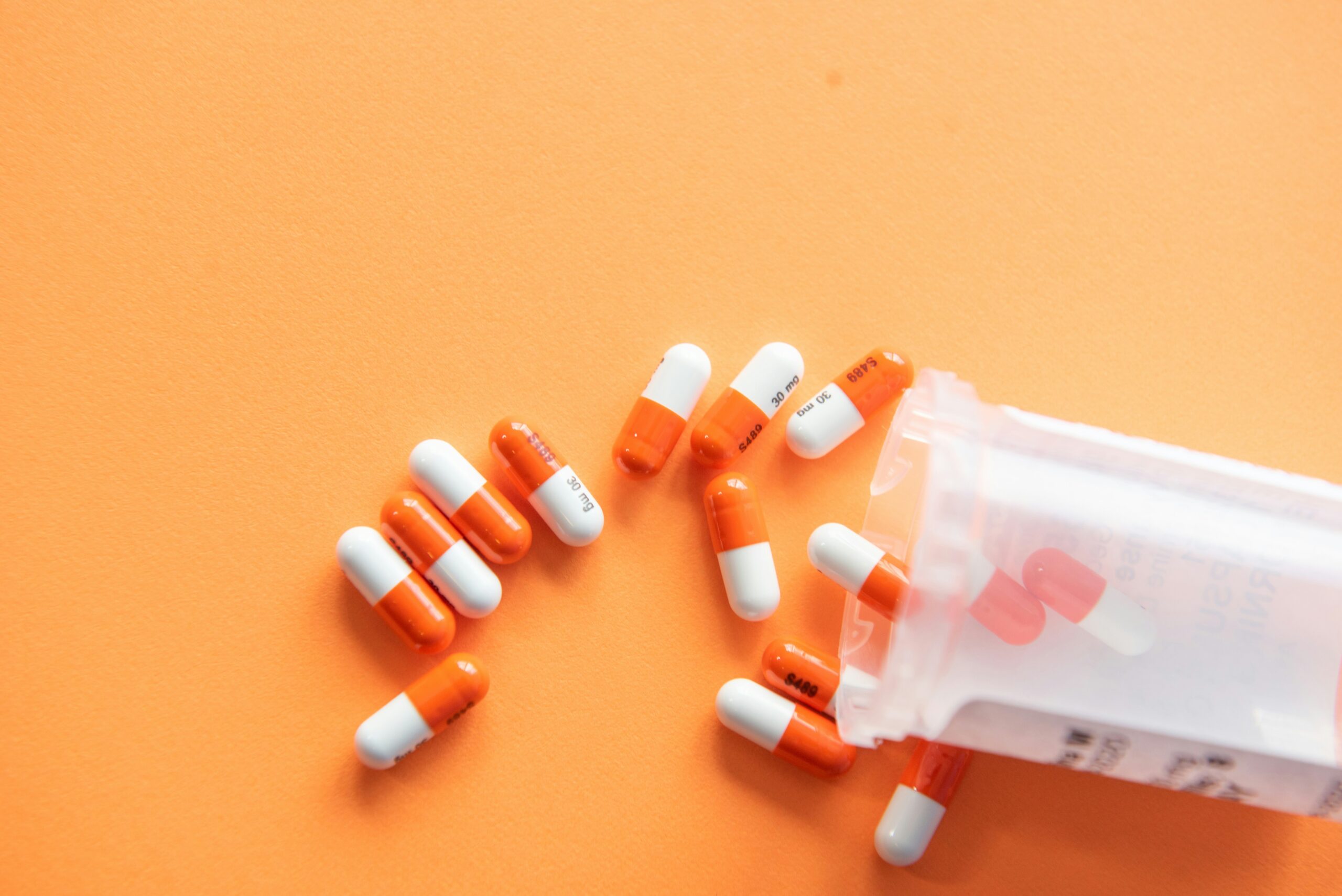
Given the dosage and frequency of antibiotic use, medicines should only be used as prescribed by your doctor. Care should be taken not to skip doses or discontinue treatment prematurely. Withdrawal of an antibiotic before the scheduled end of therapy leads to the bacteria becoming resistant to the substance and to the build-up of antibiotic resistance. If you are currently on antibiotic therapy and want the treatment to be effective, read and follow the recommendations below.
Research indicates that humans function in 24-hour circadian rhythms![]() . This is associated with essential cardio-metabolic, endocrine, and immune functions. The timing of dosing is an important factor that influences the effectiveness of an antibiotic. The antibiotic should be synchronized so that doses are taken consistently simultaneously. Keeping an eye on taking doses on time is essential to maintain a constant concentration of the drug in the blood.
. This is associated with essential cardio-metabolic, endocrine, and immune functions. The timing of dosing is an important factor that influences the effectiveness of an antibiotic. The antibiotic should be synchronized so that doses are taken consistently simultaneously. Keeping an eye on taking doses on time is essential to maintain a constant concentration of the drug in the blood.
As antibiotics negatively affect the natural bacterial flora, probiotic treatment should be supported during antibiotic therapy. Probiotics, i.e., specially selected live bacterial cultures, support the regeneration of the bacterial flora. This is particularly important in people with weakened immune systems and those prone to fungal diseases. Probiotic preparations![]() should not be taken together with an antibiotic. Taking them for a few hours between taking the antibiotic is recommended. It is also essential to take probiotics throughout the entire period of antibiotic treatment and after the end of therapy.
should not be taken together with an antibiotic. Taking them for a few hours between taking the antibiotic is recommended. It is also essential to take probiotics throughout the entire period of antibiotic treatment and after the end of therapy.
Other substances that support the development of the physiological flora are prebiotics. These food components are not digested in the digestive tract and stimulate the growth and activity of beneficial intestinal bacteria. Prebiotics are found in onions, garlic, barley, wheat, and chicory.

Antibiotics should be drunk with water and not combined with different drinks or food. Avoid sipping antibiotics with milk, yogurt, juices, coffee, tea, or cola, as they reduce the absorption process of the drugs. The ingredients contained in these products, e.g., calcium and caffeine, can adversely affect the effect of the medication. Some antibiotics should not be consumed immediately with or after food. It is also important not to drink alcohol![]() during antibiotic therapy.
during antibiotic therapy.
Alcohol increases the frequency and intensity of antibiotic side effects. Vomiting, headaches, and abdominal pain may occur if you combine an antibiotic with alcohol. In addition to this, when taking antibiotics, the interaction with alcohol leads to a disruption of the breakdown of the drugs in the body. The active substance of the drug can block the metabolism of alcohol in the body. This, in turn, leads to the accumulation of toxins in the bloodstream.
Antibiotics are a broad group of drugs that play an essential role in the fight against infections, especially bacterial infections. In many cases, antibiotic therapy is necessary. Antibiotics have different mechanisms of action depending on the type of drug. They can be divided into those that primarily kill pathogens and those that inhibit their growth. Many types of antibiotics are used for different ailments. Antibiotics are potent treatments for bacterial infections but do not work in treating viral infections. There are also antibiotics for certain types of pathogenic fungi.
Antibiotics are compounds used in treating pathogenic microbial infections and in situations where preventive action should be taken. Side effects may occur after the use of an antibiotic. Gastrointestinal symptoms such as nausea often occur during antibiotic treatment. It is also important to note that antibiotic therapy reduces the body's bacterial flora, but this can be effectively prevented. A doctor should monitor antibiotic therapy to avoid complications and dangers.